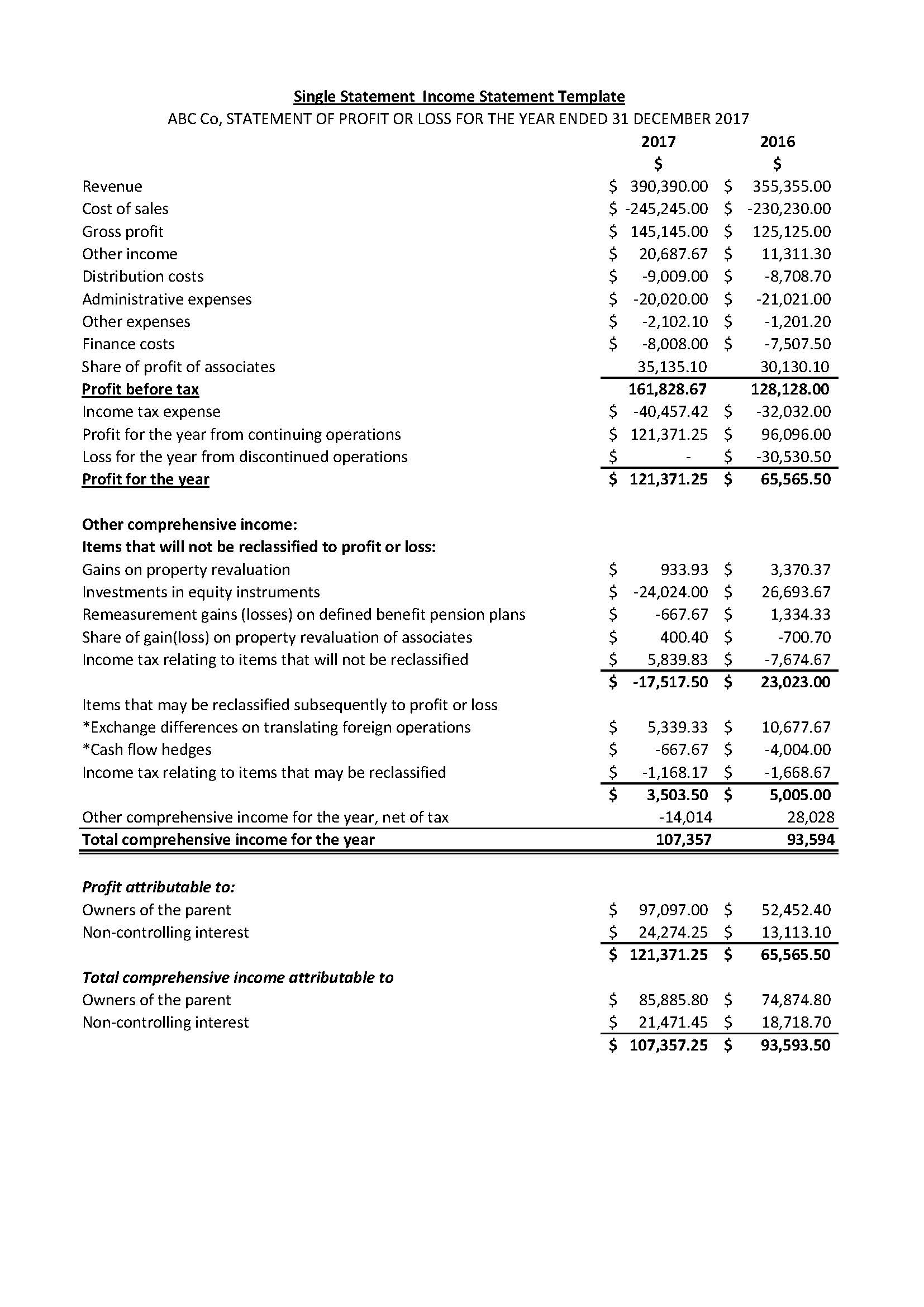Determining risk profile of an investor
Contents
ClearTax offers taxation & financial solutions to individuals, businesses, organizations & chartered accountants in India. ClearTax serves 1.5+ Million happy customers, 20000+ CAs & tax experts & 10000+ businesses across India. Therefore, under APT the sensitivity of the asset’s return to each factor is estimated. For each firm, there will be as many betas as the number of factors. For example, the fixed deposits may see a decline in interest rates, real estate might lose value, or the stocks purchased might witness capital erosion.
Always ensure that you invest only after you’ve assessed and analyzed your risk appetite. Your investment options should always match your current risk tolerance levels. Technically, the term ‘risk appetite’ refers to the maximum amount of risk that you, as an investor, are ready to take for the furtherance of your objectives before the risk outweighs the benefits.
Important Factors to Consider when picking the right Penny Stocks for Investing
Earnings per share are the profit after taxes divided by the number of shares. It indicates the amount of profit that company has earned, for every share it has issued. When one refers to a stock was trading at 12x, it means the stocks is trading at twelve times its earnings. Stock brokers are registeredtrading membersof stock exchanges. They put through the buy and sell transactions of investors on stock exchanges. All secondary market transactions on stock exchanges have to be conducted through registered brokers.
Given the bond price and its coupon, the yield can be computed. The bond price is the present value of cash inflows from the bond, discounted by the market yield. The book value is the accounting value per share, in the books of the company. If the market price of the stock were lower than the book value and the PBV is less than one, the stock may be undervalued. In a bullish market when prices move up rapidly, the PBV would drop, indicating rich valuation in the market.
- Since non-systematic risk can be diversified, investors need to be compensated for systematic risk which is measured by Beta.
- State of EconomyProbabilityReturn of ITCReturn of RILRecession0.24Normal0.51014Boom0.31430Calculate Expected return and risk for both the companies.
- Always ensure that you invest only after you’ve assessed and analyzed your risk appetite.
- New investors or risk-averse investors should choose funds with a beta of less than one as they are less volatile.
- When a company wants additional capital for growth or to redo its capital structure by retiring debt, it raises equity capital through a fresh issue of capital in a follow-on public offer.
In this article we discussed different risk ratios of mutual funds. Alpha and beta in mutual fund are the two most important risk ratios. Anything more than zero is a good alpha; higher the alpha ratio in mutual fund schemes on a consistent basis, higher is the potential of long term returns. If your fund beta is less than 1, make sure that the fund alpha is high enough so that you can meet your financial goals. If you are fund beta is more than 1, then make sure that you are comfortable with the risk, as per your risk capacity. One of the basic and most important concepts in equity markets is that of risk-return trade-off in stock market.
Define the concept of Risk and Return. What factors cause variations in Return and Risk?
Diversification can help here too, but it is important to understand the nature of systematic risk. Say for example you also invest in fixed income funds to diversify risk. The whole portfolio would be at risk if there is a downturn in the economy and companies struggle with operations and debt obligations, resulting in losses in both the debt and equity portfolio. If you had invested in real estate to further diversify risk; remember that these are all Rupee-denominated investments and inflation can wipe away all your real gains in equity, debt and real estate. The moral here is that systematic risk can never be fully eliminated, only minimized.

If the investor purchases the bond at a price higher than the face value, then he has acquired it at a higher price than the original face value, so his yield will be lower than the coupon rate. The dividend declared by a company is a percentage of the face value of its shares. When the dividend received by an investor is compared to the market price of the share, it is called the dividend yield of the share. Efiling Income Tax Returns is made easy with ClearTax platform. Just upload your form 16, claim your deductions and get your acknowledgment number online.
Let’s take up a couple of risk appetite examples to better understand this unique concept. Short-term Gilt funds invest in short-term government securities such as treasury bills of the government. Ultra-short term funds hold a portfolio similar to liquid funds but with a slightly higher maturity to benefit from higher concept of risk and return coupon income. There is an inverse relationship between yield and price of a bond. This is because as the discounting rate is increased, the final present value reduces. If the investor purchases the bond at a price lower than the face value, then he has acquired it at a price cheaper than the originally issued price.
One may be holding a too little or too much-diversified portfolio. Even the expense ratio of some of the schemes that one could be holding may be high compared to others within the same category. In the last 20 months, over 20 Factor Funds have been launched by mutual fund houses. And one of the primary reasons for their popularity is that Factor Funds combine the best features of ac… A FREE assessment that tells you what kind of investor you are, your risk tolerance levels, and a lot more.
Investment adviser work with investors to help them make a choice of securities that they can buy, based on an assessment of their needs, time horizon return expectation and ability tobearrisk. Merchant bankers also called as issue managers, investment bankers, or lead managers help an issuer access the security market with an issuance of securities. They engage other intermediaries such as registrars, brokers, bankers, underwriters and credit rating agencies in managing the issue process.
Assessing Risk & Opportunities
In fact it is usually seen that companies with low debt deliver better returns than companies with high debt over the long term. Assume that there’s an investment option that offers you the ability to enjoy returns at 20% per annum. But, the chances of you losing a major part of your investment capital in the process of trying to earn 20% return per annum are high, at say 40%. Despite the fact that the investment option carries a capital risk of 40%, if you still choose to invest in it, then your risk appetite is said to be high. An investor with a high risk appetite usually prefers to chase high returns and doesn’t mind the high level of capital risk involved with the option.

One should vary risk levels, investments and returns potential to build a well-balanced portfolio and protect against market volatilities. Focus on your investment objective, risk appetite, and investment horizon so that the risk-return trade-off of your portfolio perfectly matches your investment profile. Risk in investment exists because of the inability to make perfect or accurate forecasts. Risk in investment is defined as the variability that is likely to occur in future cash flows from an investment. The greater variability of these cash flows indicates greater risk. Beta measures the volatility of a mutual fund towards dynamic market movements.
Understanding Beta
What you need to take out of this is that the fund with the lower standard deviation would be more optimal because it is maximizing the return received, for risk acquired. Passive funds on the other hand look at offering returns by mimicking an index like a BSE or Nifty. The whole point of Index fund is to follow a certain benchmark, and therefore they are called passively managed funds. Please remember to put a negative sign as the XIRR formula calculates the return on cash flows. Thus to find returns there has to be a cash inflow and cash outflow, which should be indicated with the use of positive and negative signs. Most importantly, the review helps an investor validate if the investments are aligned to his/her goals.
The standard deviation of a fund is compared against the standard deviation of funds from the same category to evaluate volatility and risk. Markowitz had suggested an index, to which securities are related, may be used for the purpose of generating the covariance https://1investing.in/ terms. Taking a cue from Markowitz, William Sharpe developed the Single Index Model which expresses the returns on each security as a function of the returns on a broad market index. Risk return indifference curve is tangent to the efficient frontier at M.
The research, personal finance and market tutorial sections are widely followed by students, academia, corporates and investors among others. Creating a risk-return matrix lies at the core of financial planning. One of the best ways to do it is to bucket asset classes into various risk-return buckets and then select the asset class that corresponds closest to your financial goals. This matrix simplifies your job of financial planning and asset allocation. This brings us to the question, how exactly can you measure a fund manager’s contribution to performance? It is the difference between the return you would expect from a fund, given its beta and the return it actually produced.
